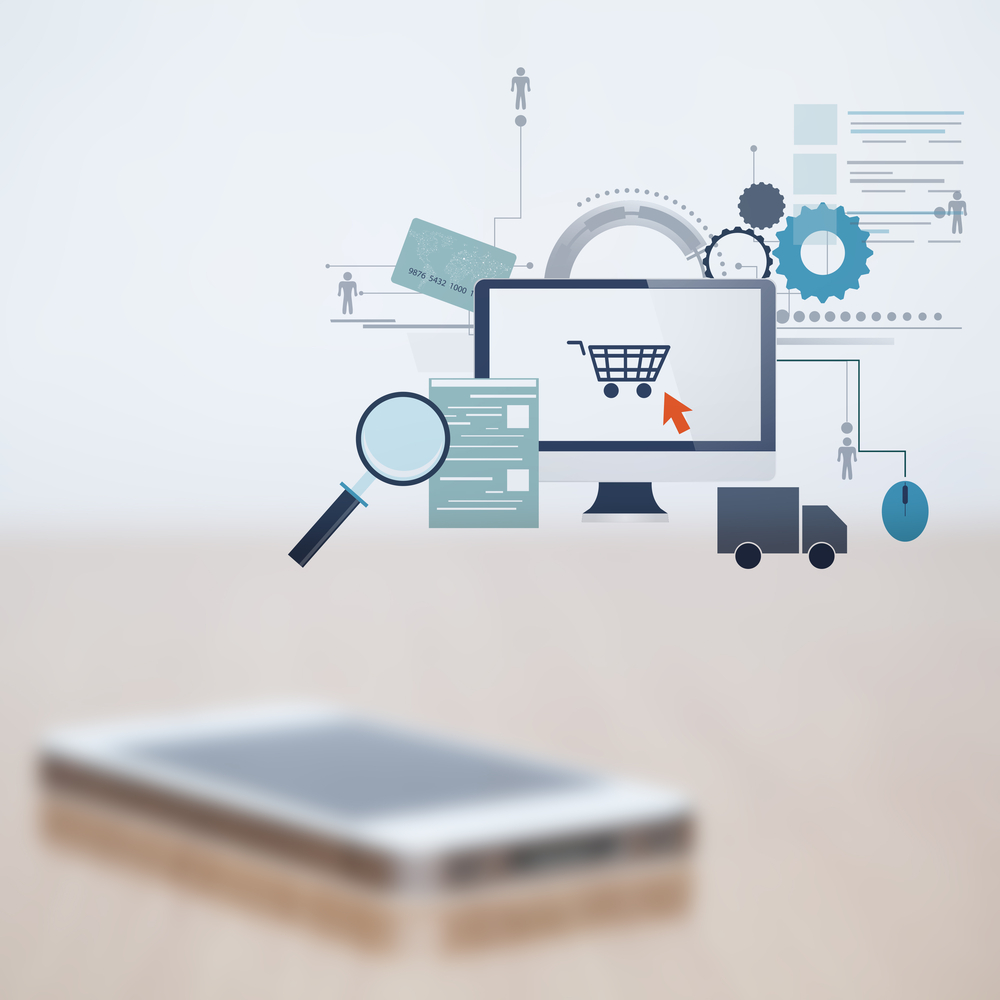2016 will be an exciting year for technology. With the digitalisation of everyday items, the Internet of Things is becoming a constant – bringing endless opportunities for the tech industry over the next 12 months.
Technology companies will be pushing boundaries, experimenting with data and new payment methods in order to improve customer experience.
Disruptive technologies, such as drones, have generated a steady drumbeat of interest in 2015, but the evolution of delivery is sure to catapult this technology front and centre in the coming year.
As always, customer experience will play a central role for the retail industry, and emerging technologies will open up new ways for the industry to create a smooth, truly personalised omnichannel experience.
>See also: How mobile technology is disrupting retail
The future of technology is moving towards a more streamlined experience and I expect the following changes to take place in 2016.
Here are five predictions for how technology will change retail in 2016.
1. Digital fashion
The move of retail from offline to online is something that the public is already aware of. However, the digitalisation of the shop floor itself will feature prominently in 2016, allowing bricks-and-mortar stores to remain popular and prevent the ever-growing shift towards online sales.
Innovative technology like RFID (radio frequency identification) is being developed rapidly, and is used in fashion retail to track clothes and provide real time data to stores.
With this technology, clothing items are becoming smart, and similarly to other common appliances, they are increasingly becoming able to 'communicate' with retailers.
By enabling stores to follow clothing items through the entire ‘garment journey’ from the making to the shelves and around the store, and knowing exactly where each item is, the technology is enabling a more efficient operation. In turn, this helps retailers to create a smarter, better experience for customers.
2. The challenge of delivery
With many fresh-food retailers and supermarkets experimenting with same-day delivery, customers are frequently expecting a more convenient way to shop online.
The increase in people opting for food delivery comes with certain challenges. Same-day delivery is certainly achievable in cities, but the countryside proves to be a little more problematic.
An additional challenge includes the increase of trucks on the road, producing even more carbon emissions in this increasingly eco-conscious world.
2016 should see a solution for these problems, if same-day delivery intends to continue. thinking completely outside the box, drones could be a solution to this issue, but the legal legislation for this transport mechanism is still to be developed.
3. Consumer engagement through data
In the world of fashion, it is important to maintain a loyal customer base, and a successful customer engagement programme is integral to this.
Retailers must ensure they are making every step of the customer journey an engaging and compelling experience. Through using technology, in particular Wi-Fi, this is achievable.
More than 75% of shoppers have their Wi-Fi switched on, but only 5% of retailers use this to their advantage through connecting with the shopper. With Wi-Fi tracking, stores can measure conversion rate in footfall systems.
As a key focus for 2016, stores will increasingly engage with customers digitally, using mobile and Wi-Fi data tools to their advantage. The use of data will enable stores to drive higher sales through individual offers and personalised customer service.
4. Retail analytics will drive better decisions
In comparison to online retailers, measuring customer engagement in brick-and-mortar stores is still unclear, and consumer activities in this environment are only visible after the shopper has left the building.
Merchandise planning for more than 80% of retailers is done using historical data, rather than real-time data. Companies are bringing new technologies to stores that can work out real-time analytics of consumer behaviour in stores.
Through combining point of sale (POS) data with consumer activity connected to the customer relationship management (CRM) software, retailers are able to have a clearer visibility in supply chain systems.
This will change the way retail works behind-the-scenes, as this technology enables retailers to react to customer behaviour, sort their products better, and, as a consequence, sell more.
5. Dramatic changes in the payment process
Online retail POS systems are simplistic. However, this digital method is only just transferring to stores.
With customers shopping increasingly more for convenience, rather than experience, 2016 will show a huge surge in the functionality of POS through payment via smartphone or smartwatch.
>See also: What the retail sector can learn from London Fashion Week's tech innovation
Customers are reluctant to queue, leaving stores having to adapt their technology in order to keep customers engaged.
Mobile POS with credit card readers can offer the retailer flexibility and the chance to change their store setup.
Retailers no longer need to devote so much floor space for tills when everything is becoming mobile based. Store set-up, the positioning of shelves and displays will become more flexible as the POS becomes linked with the customer’s exact location.
The customer will no longer have to queue, leading to a fully functional omnichannel experience.
Sourced from Uwe Hennig, CEO, Detego










